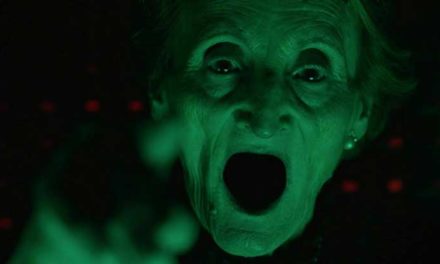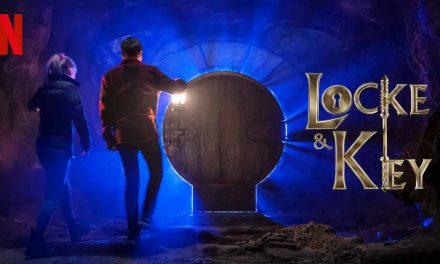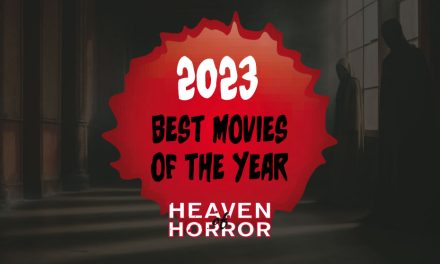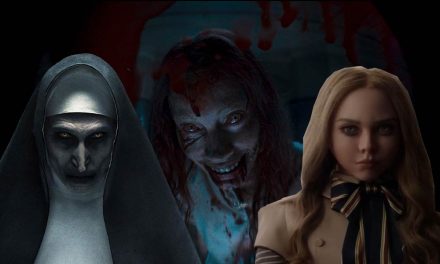Let’s take a look at Horror Movie Genres. They can differ wildly and often determine which horror movies you love and which ones you’ll skip. Which is your favorite horror subgenre for chilling narratives and spine-tingling suspense? Maybe it’s on our list below.
Horror movies have been a staple of cinema for over a century, thrilling audiences with their chilling narratives and spine-tingling suspense. This article delves into the various horror movie genres that have captivated viewers.
Each one offers a unique blend of fear and excitement. Whether you’re a seasoned horror aficionado or a curious newcomer, understanding these genres will enhance your appreciation of this diverse and dynamic film category.
For the record, we’re not talking about which horror movie genres are the best. That’s a preference and not something we’re attempting to quantify. Also, many horror fans tend to say that a horror movie that doesn’t scare them isn’t a horror movie at all.
We’re not buying into that way of thinking!
Instead, we’re looking at some of the most popular and well-known horror movie subgenres and niches.
Classic Horror
Classic horror films lay the foundation for modern horror cinema. Whether everyone will agree with the definition of “classic horror” is another issue, but let’s begin with this core genre of horror movies.
Originating in the early 20th century, these movies often feature gothic elements, supernatural beings, and psychological terror.
Classic horror is also called iconic because they have set the standard and become an icon of the overall genre.
Iconic films like Dracula (1931) starring Bela Lugosi and Frankenstein (1931) directed by James Whale introduced audiences to monsters and mad scientists. Already then establishing tropes that continue to influence horror storytelling today.
Slasher Horror
Slasher horror emerged prominently in the 1970s and 1980s. The slasher movies are characterized by a relentless killer stalking and murdering a series of victims. This genre often includes graphic violence and a final girl who survives the carnage.
Notable examples include Halloween (1978), Friday the 13th (1980), and A Nightmare on Elm Street (1984), which have become cornerstones of the horror movie slasher genre. A more recent example would be the Scream franchise which is still going strong.
Psychological Horror
Psychological horror focuses on the mental and emotional states of characters, creating a sense of dread and unease. These films often delve into themes of paranoia, insanity, and the supernatural.
Classics like Psycho (1960) and The Shining (1980) are quintessential examples, blending complex character development with atmospheric tension. And yes, psychological horror can easily have elements of supernatural horror and other horror subgenres.
Supernatural Horror
Supernatural horror explores the existence of entities beyond the natural world. The supernatural element usually involves ghosts, demons, or spirits. This genre often intertwines with folklore and religious themes, invoking fear through the unknown.
Horror movies such as The Exorcist (1973) and The Conjuring (2013) showcase terrifying encounters with malevolent forces. The kind that leaves audiences questioning the boundaries between reality and the supernatural.
Of course, any horror movie with religious and/or demonic elements could also be labeled as “Religious Horror” – a subgenre or niche of supernatural horror.
Body Horror
Body horror is a subgenre that emphasizes the grotesque and the visceral, focusing on the physical transformation and mutilation of the human body.
Directors like David Cronenberg are masters of the Body Horror subgenre. David Cronenberg specifically pioneered this genre with films like The Fly (1986) and Videodrome (1983). Both explore themes of disease, mutation and the general fragility of the human form.
His son, Brandon Cronenberg, directed one of the more recent additions to Body Horror with Infinity Pool (2023).
Found Footage Horror
Found footage horror is one of the newest horror movie genres to become mainstream. The found footage horror movies gained popularity in the late 1990s and early 2000s. Usually presenting stories through “discovered” recordings. Sometimes supernatural stories, but not always.
This genre’s raw and unpolished aesthetic creates an immersive experience, making the horror feel immediate and real. The Blair Witch Project (1999), Paranormal Activity (2007), and even Cloverfield (2008) are prime examples.
All three utilize shaky cameras and realistic performances to build suspense. One has witches, another involves ghosts, and the last features an alien invasion. Also, all three have sequels, which we link to if you click on the title of one of them in the above paragraph.
Survival Horror
Survival horror combines elements of thriller and horror, focusing on the struggle of the characters to survive against overwhelming odds. And yes, something supernatural can come into play.
Often set in isolated or post-apocalyptic environments, these films emphasize tension, resourcefulness, and endurance. Movies like 28 Days Later (2002), The Descent (2005), and Revenge (2020) depict harrowing battles for survival against monstrous threats.
Once again, especially one of the movies mentioned as examples for the Survival Horror subgenre is also an iconic movie of another genre. 28 Days Later is a cult zombie movie, which more than two decades later has a new movie titled 28 Years Later coming out in 2025.
Horror Comedy
Horror comedy blends the macabre with humor, providing a lighter take on traditional horror elements. This genre parodies horror tropes while delivering laughs alongside scares. Also, it tends to be quite crude and campy.
Some of the most well-known horror comedies are Shaun of the Dead (2004) and Tucker and Dale vs. Evil (2010). Also, One Cut of the Dead (2017) from Japan has already been remade. All exemplify this hybrid genre, offering a unique and entertaining viewing experience.
A very recent example is Slay (2024) on Tubi where drag queens fight vampires.
Elevated Horror
Elevated horror has existed for some time, but was often called “Art Horror”. It didn’t rely on the classic horror movie element of having monsters or a villain (like in Slashers). This was enough for it to be labeled “artsy”.
The term “elevated horror” got traction in the 2010s with movies released by A24 especially. In fact, they’ve gotten credit for popularising the genre, which is both true and neglects to acknowledge other filmmakers and studios.
Elevated horror is often described as being more intelligent and deeper than your classic horror movie. With atmosphere-building alongside psychological and philosophical elements. Of course, this sounds a lot like psychological horror movies – because they could be labeled this as well.
BE SURE TO CHECK OUT
Our Best Horror Movies of the 2010s showcase many elevated horror movies >
Movies like Jordan Peele’s Get Out (2017), Ari Aster’s Hereditary (2018), Rose Glass’ Saint Maud (2019), and Alex Garland’s Men (2022) have all been called elevated horror.
However, so has The Babadook (2014), It Follows (2014), Raw (2016), The Witch (2018), and A Quiet Place (2018) despite featuring stories that could easily fit into other horror genres.
In other words, elevated horror seems to cover any horror movie – or a movie otherwise called a thriller or even “psychological drama” – that is successful with film critics and audiences.
This label (or subgenre) has made horror movies acceptable to win awards again. And we all win, so I won’t complain too much. I just also don’t think it’s as much of a unique horror movie genre as it is a way for people to allow themselves to love horror movies.
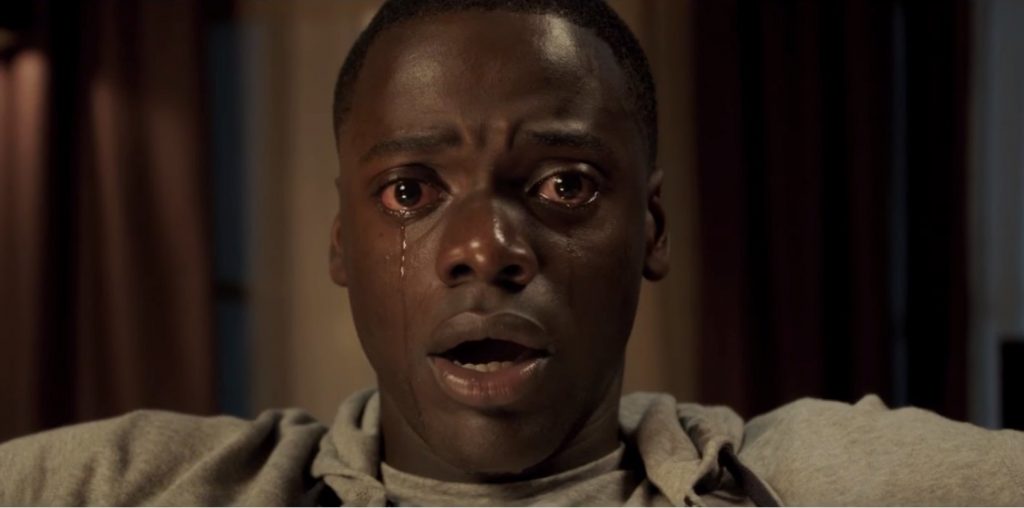
What’s in a horror subgenre?
As we hope the above has shown, the horror movie subgenre is a rich tapestry of subgenres, each contributing to the overall diversity and appeal of horror movies.
From the eerie atmospheres of supernatural horror to the visceral shocks of body horror, these films continue to captivate and terrify audiences worldwide. Understanding the nuances of each subgenre enhances our appreciation of the art of horror filmmaking.
And also the myriad ways it can unsettle, challenge, and entertain us viewers.
Whether you’re a fan of classic monsters, psychological thrillers, or comedic scares, there’s a horror genre out there for everyone. Also, this list is in no way complete as we could easily add “Creature Feature”, “J-Horror”, “Zombie” or “Vampire” movies and so many, many more.
Whatever tickles your fancy, just have fun with it, and don’t judge anyone else for having other horror subgenre preferences. That certainly is not representative of the inclusiveness and open-minded approach horror movies have always had.
- The Platform 2 Ending Explained - October 4, 2024
- Horror on Netflix in October 2024 - September 24, 2024
- Best Horror Movies on Tubi - September 18, 2024


